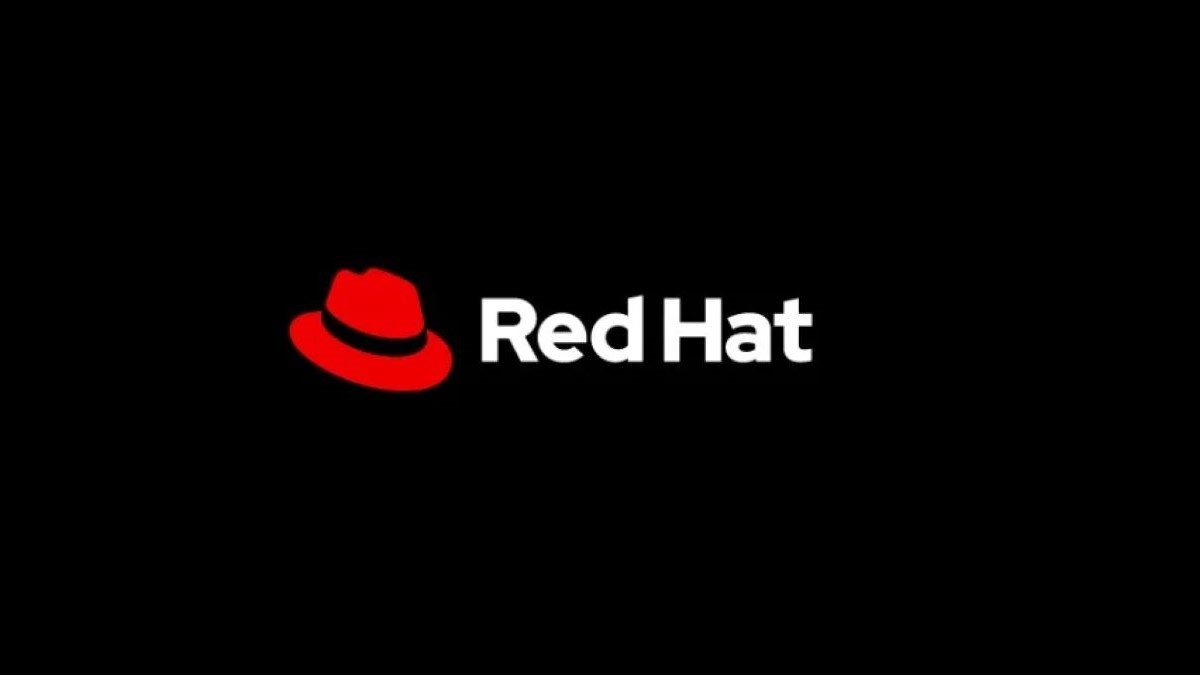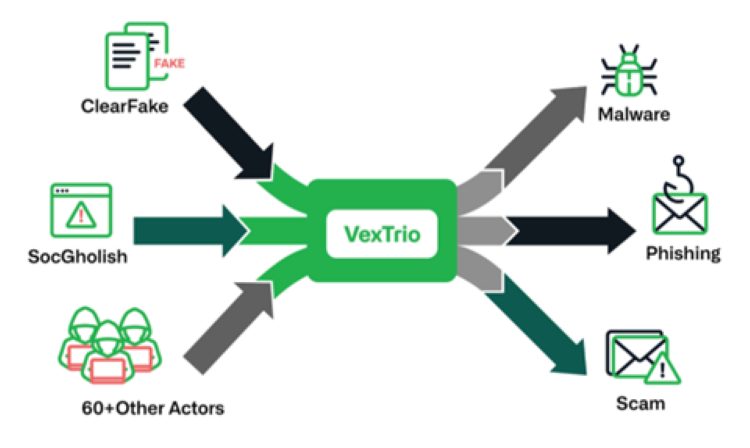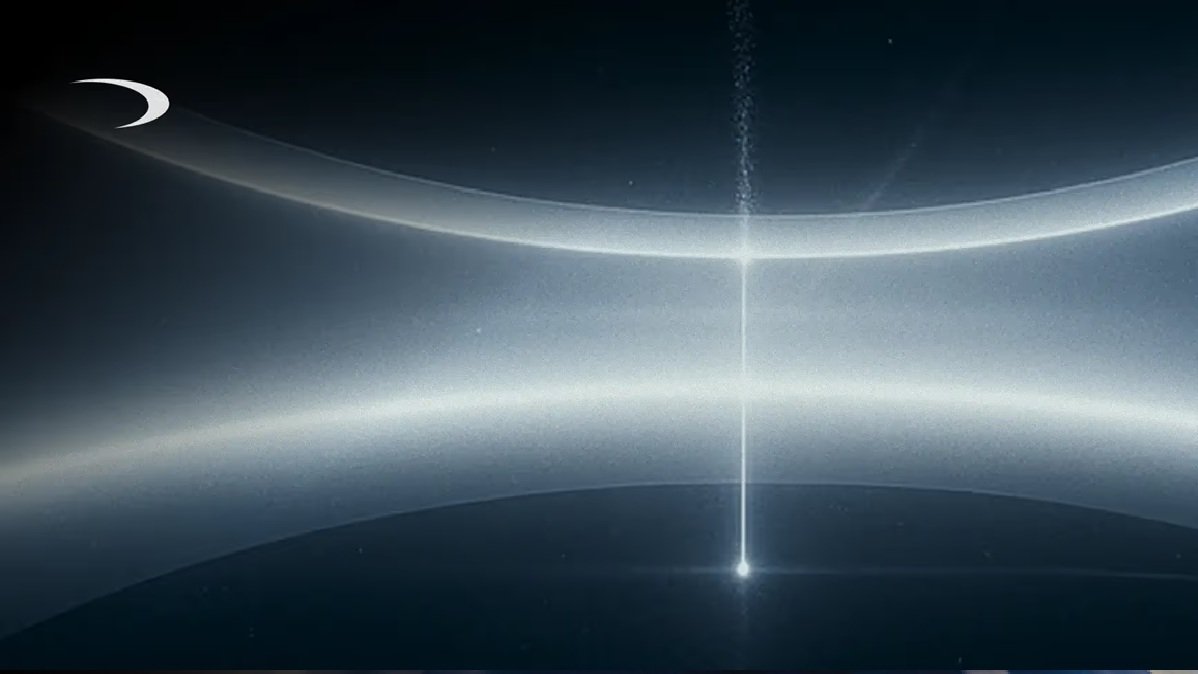For decades, Red Hat has been focused on providing the foundation for enterprise technology — a flexible, more consistent, and open platform. Today, as AI moves from a science experiment to a core business driver, that mission is more critical than ever. The challenge isn’t just about building AI models and AI-enabled applications; it’s about making sure the underlying infrastructure is ready to support them at scale, from the datacenter to the edge.
Ryan King, vice president, AI & Infrastructure, Partner Ecosystem Success, Red Hat, “This is why I’m so enthusiastic about the collaboration between Red Hat and NVIDIA. We’ve long worked together to bring our technologies to the open hybrid cloud, and our new agreement to distribute the NVIDIA CUDA Toolkit across the Red Hat portfolio is a testament to that collaboration. This isn’t just another collaboration; it’s about making it simpler for you to innovate with AI, no matter where you are on your journey.”
Why this matters: Simplicity and consistency
Today, one of the most significant barriers to AI adoption isn’t a lack of models or compute power, but rather the operational complexity of getting it all to work together. Engineers and data scientists shouldn’t have to spend their time managing dependencies, hunting for compatible drivers, or figuring out how to get their workloads running reliably on different systems.
King adds, “Our new agreement with NVIDIA addresses this head-on. By distributing the NVIDIA CUDA Toolkit directly within our platforms, we’re removing a major point of friction for developers and IT teams. You will be able to get the essential tools for GPU-accelerated computing from a single, trusted source.”
This means:
- A streamlined developer experience. Developers can now access a complete stack for building and running GPU-accelerated applications directly from our repositories, which simplifies installation and provides automatic dependency resolution.
- Operational consistency. Whether you’re running on-premise, in a public cloud, or at the edge, you can rely on a more consistent, tested, and supported environment for your AI workloads. This is the essence of the open hybrid cloud.
- A foundation for the future. This new level of integration sets the stage for future collaboration, enabling Red Hat’s platforms to seamlessly work with the latest NVIDIA hardware and software innovations as they emerge.
“We are bringing this to life across our portfolio, including Red Hat Enterprise Linux (RHEL), Red Hat OpenShift and Red Hat AI,” King concludes.












